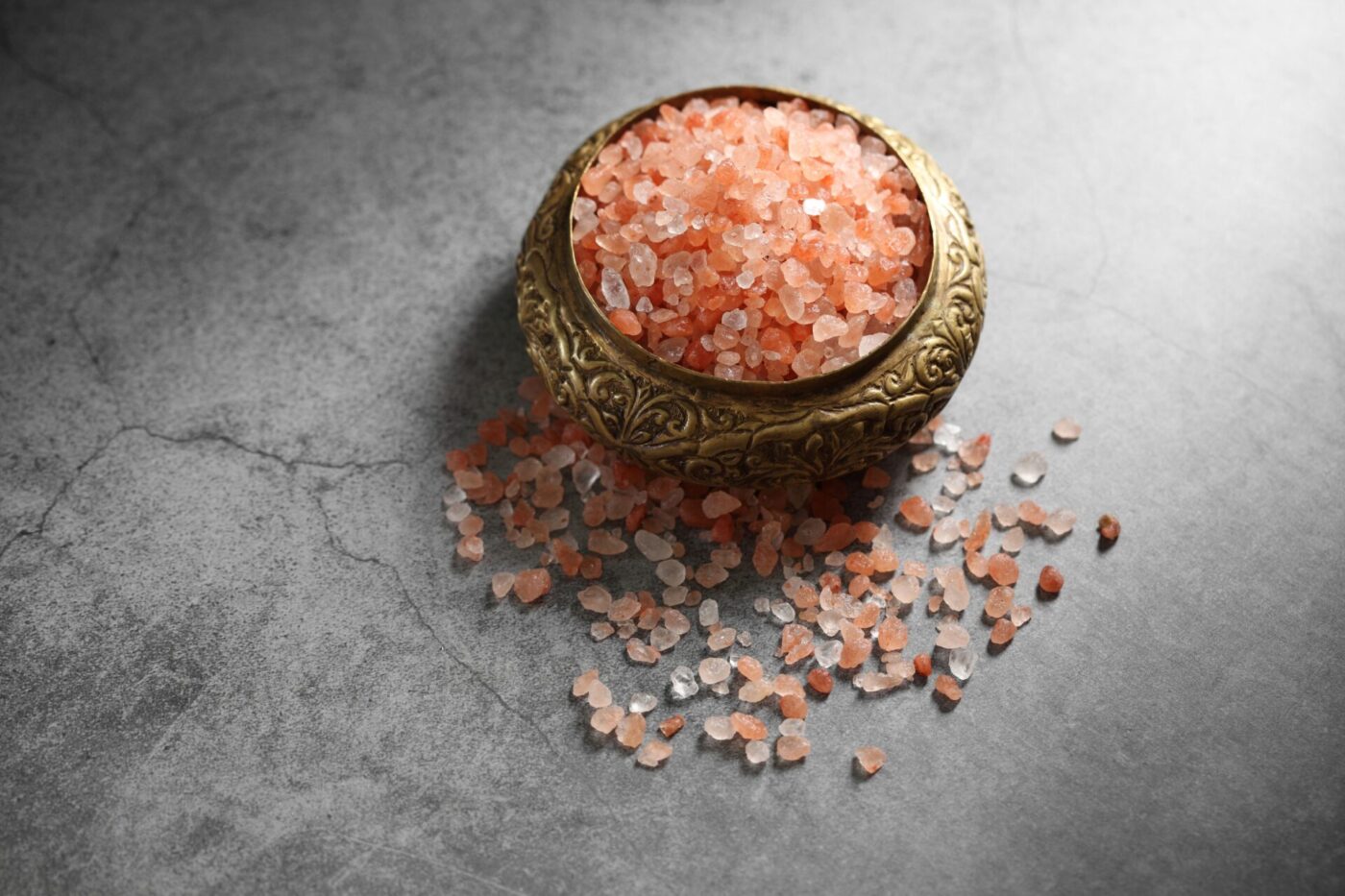Read More: Nutritional Information on Extra Coarse Pink Salt
The Foundation: Sodium Chloride (NaCl)
Like all salts, the primary component of extra coarse pink salt is sodium chloride (NaCl). Sodium is an essential electrolyte, critical for:
- Fluid Balance: Maintaining the proper balance of fluids inside and outside of cells.
- Nerve Function: Transmitting nerve impulses throughout the body.
- Muscle Function: Enabling muscle contraction and relaxation.
However, while essential, sodium is a nutrient that most people in developed countries consume in excess. The recommended daily intake is generally less than 2,300 mg (about one teaspoon of salt), and many health organizations advise even lower intakes, especially for individuals with high blood pressure or other health conditions. Excessive sodium intake is a significant risk factor for cardiovascular disease, stroke, and kidney problems.
Therefore, regardless of the type of salt, moderation is paramount. The purported nutritional benefits of extra coarse pink salt should always be considered in the context of its primary role as a source of sodium.
The Pink Elephant in the Room: Trace Minerals
The distinctive pink color of Himalayan pink salt (the most common source of extra coarse pink salt) is due to the presence of trace minerals, primarily iron oxide (rust). These minerals are what differentiate it visually and, to some extent, nutritionally from refined table salt.
Besides iron oxide, pink salt typically contains trace amounts of:
- Calcium: Important for bone health, nerve function, and muscle contraction.
- Magnesium: Involved in over 300 enzymatic reactions in the body, including energy production, muscle and nerve function, and blood sugar control.
- Potassium: An electrolyte that helps regulate fluid balance, blood pressure, and nerve signals.
- Manganese: A cofactor for various enzymes involved in metabolism and antioxidant defense.
- Zinc: Essential for immune function, wound healing, and cell growth.
- Other trace elements, often in negligible amounts.
The Crucial Question: Are These Trace Minerals Nutritionally Significant?
This is where the marketing hype surrounding pink salt often clashes with scientific reality. While it’s true that pink salt contains these trace minerals, the amounts are very small. To illustrate this, consider the following:
- Recommended Daily Intakes (RDIs): RDIs are established for essential nutrients, indicating the amount needed to meet the needs of most healthy individuals.
- Pink Salt Mineral Content: The concentration of trace minerals in pink salt is typically measured in parts per million (ppm). This means that for every million parts of salt, only a tiny fraction is composed of these minerals.
- The Math: To obtain a significant amount of any of these minerals from pink salt, you would need to consume an unhealthily large quantity of salt, far exceeding the recommended daily sodium intake.
For example, let’s say a particular brand of pink salt contains 10 ppm of magnesium. This means that in every 1,000,000 mg of salt (1 kilogram), there are only 10 mg of magnesium. The RDI for magnesium is around 400 mg for adults. To get your daily magnesium from this pink salt, you’d need to eat 40 kilograms of salt! This is obviously absurd and incredibly dangerous.
A More Realistic Perspective
The trace minerals in extra coarse pink salt are best viewed as a minor bonus, not a primary source of nutrition. A balanced diet rich in fruits, vegetables, whole grains, lean proteins, and healthy fats will provide far more of these essential minerals than you could ever realistically obtain from salt.
Comparing Extra Coarse Pink Salt to Table Salt
- Sodium Chloride: Both are primarily sodium chloride. The crystal size of extra coarse pink salt means that a teaspoon of it will contain slightly less sodium chloride than a teaspoon of fine table salt (due to air pockets between the larger crystals). However, this difference is usually negligible in practice.
- Trace Minerals: Pink salt has them, table salt generally doesn’t (unless fortified). But, as discussed, the amounts in pink salt are very small.
- Iodine: Table salt is often iodized, meaning iodine has been added. Iodine is an essential nutrient for thyroid function. Pink salt is typically not iodized. This is an important consideration, as iodine deficiency can lead to health problems. If you switch entirely to non-iodized salt, ensure you’re getting enough iodine from other dietary sources (seaweed, dairy products, fish, iodized bread).
- Additives: Table salt often contains anti-caking agents to prevent clumping. Pink salt, especially the extra coarse variety, typically does not contain these additives.
Nutritional Breakdown (Approximate Values per 1/4 teaspoon – will vary by brand)
- Fat: 0g
- Carbohydrates: 0g
- Protein: 0g
- Sodium: ~420-580mg (slightly less than table salt by volume, but still significant)
- Iron: Trace amounts (insignificant for meeting daily needs)
- Potassium: Trace amounts (insignificant for meeting daily needs)
- Magnesium: Trace amounts (insignificant for meeting daily needs)
- Calcium: Trace amounts (insignificant for meeting daily needs)
- Iodine: none
The Bottom Line: Enjoy the Flavor and Texture, But Don’t Overestimate the Nutritional Benefits
Extra coarse pink salt is a visually appealing and flavorful ingredient that can enhance your culinary creations. Its large crystals provide a satisfying crunch and a slow-releasing burst of saltiness. While it does contain trace minerals, these minerals are present in such small amounts that they are not nutritionally significant.
The primary nutritional consideration with pink salt, as with all salts, is sodium intake. Moderation is key. Choose extra coarse pink salt for its culinary qualities – its texture, flavor, and appearance – not as a primary source of minerals. Focus on a well-rounded, nutrient-rich diet to meet your nutritional needs, and enjoy pink salt as a flavorful and aesthetically pleasing addition to your meals. Don’t fall for the “health halo” often associated with this type of salt; it’s still primarily sodium chloride, and excessive sodium intake is a far greater health concern than the potential benefits of its trace mineral content.


Comments